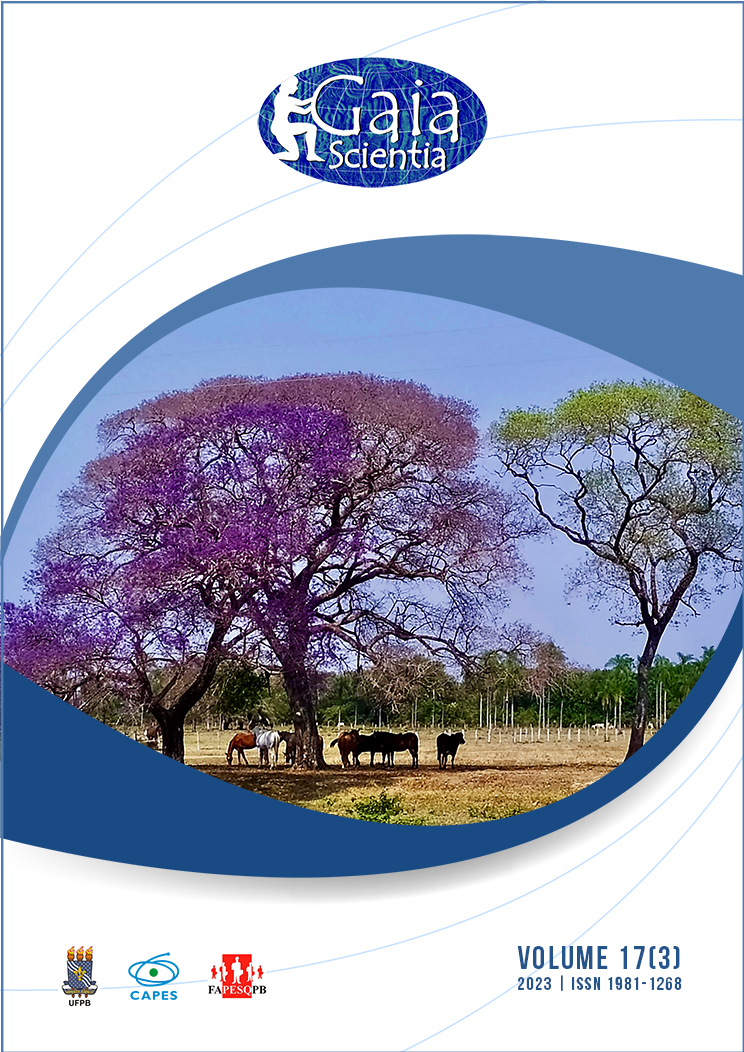Phosphorus adsorption in effluents with high concentration through thermally activated construction and demolition waste (CDW)
DOI:
https://doi.org/10.22478/ufpb.1981-1268.2023v17n3.67561Abstract
Industrial effluents from the processing of parboiled rice have high concentrations of phosphorus (P) of up to 100 mg.L-1, which reinforces the need for its recovery. Products resulting from phosphorus recovery are promising for agriculture and industry, providing an alternative to the production of low cost fertilizers and reduced environmental impact compared to phosphate mineral extraction. This article aims to analyze the recovery of phosphorus in synthetic effluent through adsorption, using construction and demolition waste (CDW) as adsorbent. A synthetic effluent from monopotassium phosphate (KH2PO4) at a concentration of 100 mg.L-1 was used. The use of the Langmuir and Freundlich Models was used to describe the phosphorus adsorption behavior. After the adsorption tests it was possible to conclude that the Freundlich isotherm was the most appropriate to describe the adsorption process. Thermally activated RCD can efficiently remove P from effluents with high concentration, contributing to obtaining a component for the fertilization of agricultural areas and providing an alternative for closing the waste cycle in a sustainable way.










